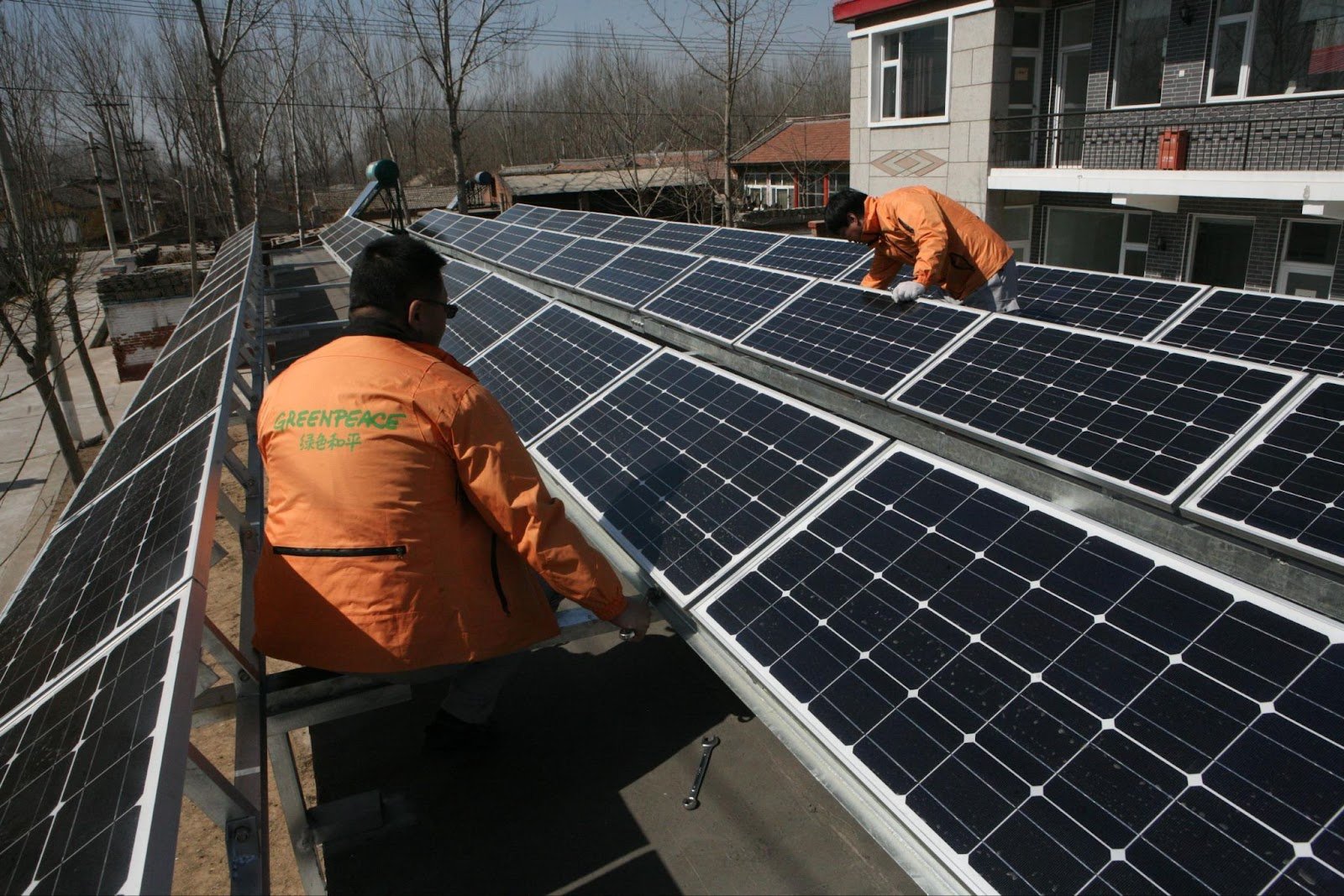BEIJING, 25 August 2021 – China’s provincial governments approved the construction of 24 new coal power projects in the first half of 2021, adding a total 5.2 gigawatts (GW) of capacity, including three large-scale¹ coal-fired power plants that were approved from key project lists,² which provincial governments use to apply for financial support and priority status from the central government.
Key projects are proposed by provincial governments to receive national funding, policy support, and priority status if approved by the central government as having strategic benefits.² At present, 104.8 GW of coal capacity that has yet to go online remain on these key project lists.
“There are still mixed signals on coal. That leads to financial and environmental risk. Especially since Xi’s climate summit remarks, local governments have slowed approvals for new coal. But provinces are clearly still anticipating financial support on coal,” said Li Danqing, a Beijing-based project leader for Greenpeace East Asia.
A review of provincial development and reform commissions (DRCs) project approvals showed that the three large-scale non-CHP³ coal-fired power plants that were on Anhui and Shaanxi’s key projects lists together account for 3.3 GW, or 64.0% of the total capacity approved in the first half of this year. The other 21 projects were smaller back-pressure cogeneration units that mainly provide heating. Among those projects, the most capacity was approved in Chongqing, Hubei, and Fujian.
A review of publicly available key projects lists showed that ”securing long-term electricity supply” has so far been the most common justification for building new power capacity since 2020, the start of the 14th five-year plan period, and a summer of heat waves has caused electricity supply crises in the cities of Guangzhou and Xi’an. Provinces that put forward the most coal projects were Shaanxi, Guangdong, Gansu, and Guizhou.
“If coal capacity remains option number one to secure energy supply, and provinces see that securing energy ranks as a national interest, then that’s a clear pipeline to continue building coal. Reliance on coal is turning energy security and economy into sources of inertia, not development,” Li said.
The hardest pushback on low-carbon energy policy comes from coal-dependent provinces, Shaanxi more than any other. The central government needs to enable a scientific assessment of power adequacy, installed coal power capacity, and the risk of building more coal. Provincial governments should examine green production capacity investment options to develop new energy systems, looking to Shandong, for example, which previously suffered coal dependency but this year had no coal-fired power projects in the pipeline.
Research briefing available here.
END
NOTES
- Larger than 600 megawatts (1,000 megawatts = 1 gigawatt).
- “重大项目” — For more background on key project lists, check here (link in Chinese).
- Non-combined heat and power.
Media contacts
August Rick | Greenpeace East Asia, Beijing | [email protected]
Greenpeace International Press Desk, [email protected], phone: +31 (0) 20 718 2470 (available 24 hours)



